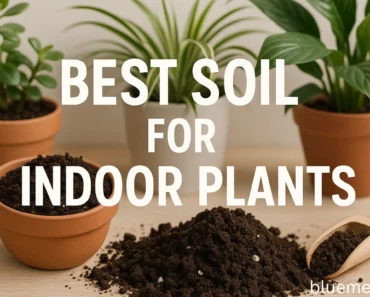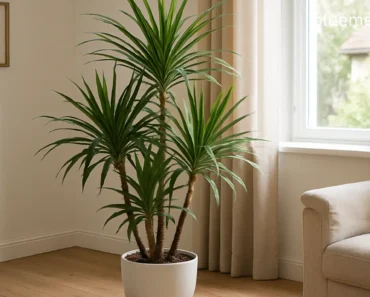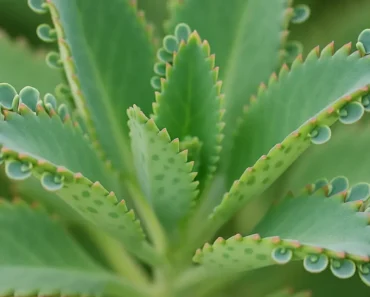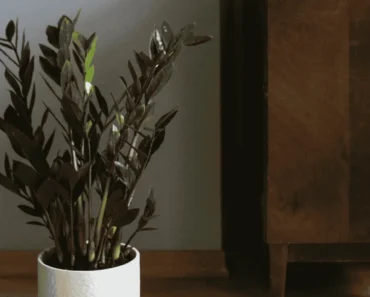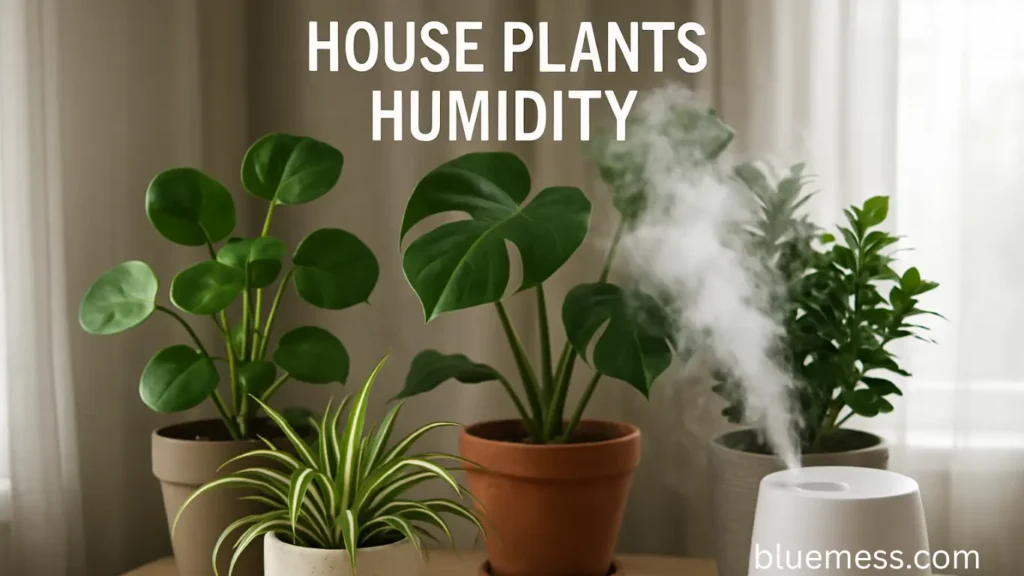
Table of Contents
Key Takeaways:
- Most houseplants need 50-60% humidity while average homes hover around 30%
- That crispy brown edge on your monstera? It’s screaming for moisture, not water
- A basic humidifier literally saved my 30+ plant collection from certain death
- • Grouping plants boosts humidity and gives your space lush, cohesive aesthetics.
- Some plants thrive in dry air – choose your fighters wisely
I’ll never forget the morning I woke up to find my prized calathea looking like someone had taken a blow torch to its edges. This wasn’t just any plant – this was the calathea I’d babied for two years in coastal California, the one that had perfect pink stripes and leaves so pristine they looked fake.
Now, it looked sad and wilted, no trace of its former lushness.
“Maybe it needs water,” I thought, even though I’d watered it three days ago. “Maybe it’s too much sun,” I reasoned, moving it away from the window. “Maybe it hates me,” I concluded after the fourth leaf turned crispy.
Turns out, none of those were the problem. The real issue? I’d moved from foggy San Francisco to the Sonoran Desert, and nobody – NOBODY – had warned me about what desert air does to tropical houseplants.
My Expensive Education in House Plants Humidity
Let me paint you a picture of my first year in Tucson: dead fern, prayer plant on life support, peace lily with browning leaves, and a fiddle leaf fig shedding miserably.
My compost bin was becoming a plant cemetery.
Here’s what was actually happening: while I obsessed over watering and fertilizer, my plants were suffocating in air drier than a cracker. Most houseplants evolved in jungles with 50%-90% humidity.
My Tucson home? 28% on a good day. 10% during summer.
That’s like asking a dolphin to live in a puddle and acting surprised when it’s not thriving.
The Day Everything Changed (Thanks to a Dying Boston Fern)
The breaking point came with my fifth Boston fern. Despite past failures, I persisted, hoping this time would be different.
Spoiler: It wasn’t. Same tragic ending, fern after fern.
As I watched fern #5 start its inevitable decline, I finally did what I should have done from the start – actual research. And that’s when I discovered the truth about house plants humidity requirements.
I was genuinely amazed.
All those care tags that casually mention “appreciates humidity”? That’s like saying humans “appreciate oxygen.” It’s not a nice-to-have; it’s literally life or death for tropical plants.
What Your Plants Are Desperately Trying to Tell You
Before we dive into solutions, let’s talk about those SOS signals your plants have been sending:
The Classic Crispy Tips: This isn’t about water. When leaf edges turn brown and crunchy, your plant is saying “THE AIR IS TOO DRY, HUMAN!”
The Curl of Death: Leaves curling inward? They’re trying to reduce surface area to conserve moisture. It’s plant survival mode.
The Flower Flop: Buds dropping before blooming? Your plant doesn’t have enough ambient moisture to support reproduction. It’s choosing survival over beauty.
The General Sadness: You know that droopy, lackluster look despite perfect watering? That’s humidity depression, my friend.
My Journey From Plant Killer to Humidity Hero
Once I understood the problem, I went into full research mode. And by research, I mean I tried every single humidity hack on the internet, spent way too much money, and turned my house into a testing ground for tropical plant survival.
Here’s what actually worked—and what was a waste of time—during my quest for plant wellness:
I’ll admit it – I resisted buying a humidifier for months. It felt like cheating. Plus, I had nightmare visions of moldy walls and that musty smell from my college dorm.
But desperate times called for desperate measures. I bought a basic $40 cool-mist humidifier for my living room, where most of my plants lived. Nothing fancy, just a simple unit that covers about 300 square feet.
The transformation was surprisingly dramatic.
Within two weeks:
- My prayer plant uncurled its leaves and actually prayed again
- The peace lily stopped its brown-tip tantrum
- New growth appeared on plants that had been dormant for months
- That crispy calathea? She made a full recovery
I now run humidifiers in three rooms (living room, bedroom, and kitchen), but here’s the key: you don’t need to run them 24/7. I do 6-8 hours during the day, 4-5 days a week. It’s enough to keep the ambient humidity around 45-50% without turning my house into a swamp.
Pro tip: Those fancy new Canopy humidifiers that release “hydrated air” instead of mist? Worth the upgrade. Less cleaning, no white dust, and my plants seem happier.
Creating Micro-Climates (AKA Plant Neighborhoods)
This was my second biggest discovery: plants are social creatures. When you group them together, they create their own little humidity bubble through transpiration.
I went from having plants scattered around like decorative afterthoughts to creating intentional plant communities:
The Jungle Corner: 15+ plants of varying heights in my living room corner. It’s like a green waterfall, and the humidity in that spot stays 10-15% higher than the rest of the room.
The Kitchen Herb & Tropical Gang: Basil and mint hanging out with my pothos and Chinese evergreen. They all love the steam from cooking.
The Bathroom Spa Squad: Ferns, air plants, and a stunning bird’s nest fern that LOVES shower steam.
Plus, grouping doesn’t just raise humidity—it makes your setup look like you meant it, not like a plant hospital.
The “Every Little Bit Helps” Methods
These won’t transform your desert into a rainforest, but they’re perfect for spot-treating your neediest plants:
Pebble Trays: Fill a saucer with pebbles, add water just below the stone line, place plant on top. As water evaporates, it creates a tiny humidity dome. My calatheas and marantas sit on these like little plant thrones.
Strategic Water Placement: I keep pretty bowls of water near plant groupings. Does it dramatically increase room humidity? No. Does it help just enough to keep everyone happy? Yes.
The Shower Method: Once a month, tropical plants get a lukewarm shower. It cleans leaves, provides a humidity boost, and makes me feel like a very dedicated plant parent. Win-win-win.
The Misting Debate: Look, misting is like giving your plants a facial – nice in the moment but not a long-term solution. I still do it because:
- It makes me feel helpful
- Some plants genuinely seem to enjoy it
- It’s a good excuse to inspect for pests
Just don’t mist fuzzy-leaved plants or rely on it as your only humidity strategy.
The Truth About Different Plants and Their Drama Levels
After enough sad endings, I’ve learned to categorize plants by drama level:
The Humidity Divas (will literally die without 50%+ humidity):
- Any fern (the ultimate drama queens)
- Calatheas and marantas (beautiful but needy)
- Fittonias (nerve plants that will faint dramatically)
- Most orchids
- Alocasias
The Moderately Needy (prefer humidity but won’t die without it):
- Monsteras
- Peace lilies
- Fiddle leaf figs
- Anthuriums
- Most philodendrons
The Desert Warriors (couldn’t care less about your dry air):
- Snake plants (bulletproof)
- ZZ plants (thrives on neglect)
- All cacti and succulents
- Pothos (the golden retriever of plants)
- Spider plants
- Rubber plants
- Most peperomias
Accepting these differences made plant life way less stressful. Here’s how to use all this practically—this shift was a gamechanger.
Real Talk: What This Actually Means for Your Plant Life
Here’s the thing—understanding humidity needs changed everything for me. I went from being a serial plant killer to having a thriving indoor jungle in the desert.
It’s not about perfection; it’s about finding an environment where you and your plants thrive.
You don’t need to:
- Turn your home into a sauna
- Spend hundreds on equipment
- Give up on tropical plants entirely
- Feel guilty about every brown tip
You DO need to:
- Understand what your plants are asking for
- Find solutions that work for YOUR space
- Accept that some plants just aren’t meant for desert life
- Celebrate the wins (new growth is always worth a happy dance)
Your House Plants Humidity Action Plan
Ready to stop the plant massacre? Here’s your game plan:
Week 1: Assess the Situation
- Get a hygrometer ($10 on Amazon) and check your actual humidity levels
- Take inventory of which plants are struggling
- Group your plants by humidity needs
Week 2: Implement One Solution
- Start with either a humidifier OR plant grouping
- Don’t try everything at once (learn from my chaos)
- Monitor how your plants respond
Week 3: Fine-Tune and Adjust
- Add pebble trays for extra-needy plants
- Consider which plants might need rehoming
- Celebrate any new growth!
Week 4: Share Your Success
- Seriously, drop a comment and tell me what worked
- Share your before/after photos
- Help another plant parent avoid the crispy leaf syndrome
The Plot Twist Ending No One Tells You About
Here’s what nobody mentions about mastering house plants humidity: once you crack the code, you become insufferable at plant shops.
“Oh, that calathea? She’ll need 60% humidity minimum. Do you have a humidifier?”
“That crispy fern in the corner? Classic low humidity damage.”
“You’re putting a Boston fern in your Phoenix apartment? Good luck with that.”
But you know what? Being the annoying plant person who actually keeps their plants alive? Totally worth it.
My house might have three humidifiers running, plant clusters in every corner, and bowls of water strategically placed like a very boring obstacle course. But my calathea has perfect pink stripes again. My prayer plant actually prays. And that fifth Boston fern? Still alive and thriving, thank you very much.
So here’s to all of us desert dwellers refusing to give up on our tropical plant dreams. May your humidity be high, your leaves be green, and your plant addiction remain financially reasonable (ha!).
What’s your biggest house plants humidity challenge? Are you Team Humidifier or Team Natural Methods? Drop a comment below – I respond to everyone because plant people need to stick together!
Author
George Wine is a seasoned gardening expert with over 20 years of experience in the field of horticulture. His passion for plants and nature has driven his career, where he has honed his skills in various aspects of gardening, from landscape design to plant care. George holds a Master of Science in Horticulture from the University of California, Davis (UC Davis), a prestigious institution known for its research and advancements in plant science.
Throughout his career, George has worked with a diverse range of clients, offering tailored solutions to enhance outdoor spaces and create thriving gardens. His knowledge and expertise allow him to provide invaluable advice, ensuring that both novice and experienced gardeners achieve their gardening goals. Whether you’re looking for tips on sustainable gardening practices, innovative design ideas, or advice on specific plant species, George is here to help you cultivate the garden of your dreams.

